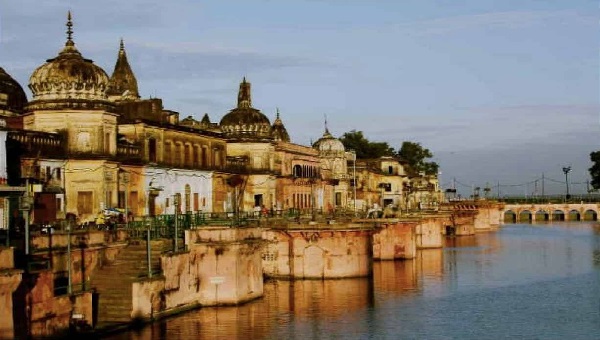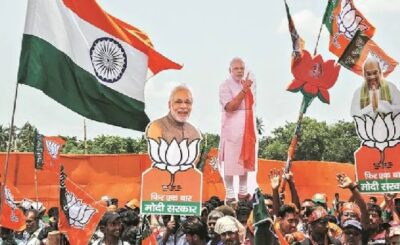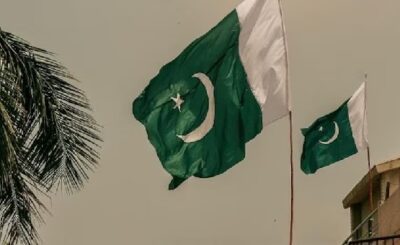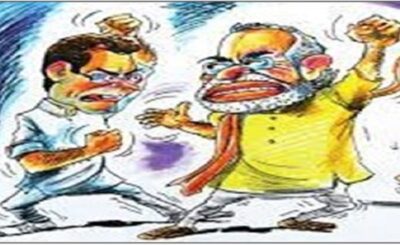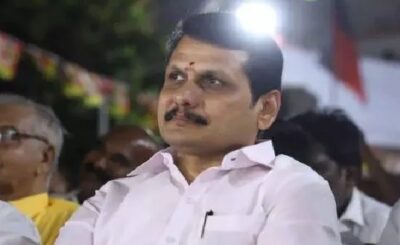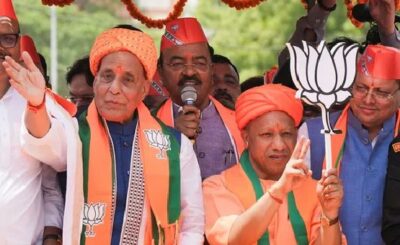Story & Photos: V.V.S. Manian
अश्वं न त्वा अश्वपुर्वं रथमास्थाय तरिष्याम ऋजीषिणः।
यदश्वावत्त इह यजमानस्य सिद्ध्येत्॥
Aśvaṃ na tvā aśvapūrvaṃ rathamāsthāya tariṣyāma ṛjīṣiṇaḥ।
Yadaśvāvat ta iha yajamānasya siddhayet॥
“O horse, you are led to this sacrificial ritual, preceding the chariot, well-adorned. We shall follow you, O far-famed, where successful sacrifice is established. This Sanskrit shloka from the Rigveda encapsulates the essence of the Ashwamedha Yaga.
The Treta Ke Thakur is one of the holy sites in Ayodhya and attracts hundreds of devotees of Lord Ram. It is located by Naya Ghat on the banks of River Sarayu. The temple is dedicated to Lord Ram. Ayodhya is the birthplace of Lord Ram. Ram ruled Ayodhya for eleven thousand years. During his reign, Ayodhya prospered, and happiness and prosperity prevailed. He was a compassionate ruler who inspired his people to make him a beloved god. The period of his reign is known as “Rama Rajya.
Hindu dharma
Ayodhya holds spiritual and historical significance. In the Hindu scriptures, time has been categorized into four segments: Satya yuga, Treta yuga, Dwapara yuga, and Kali yuga. The phrase Treta Ke Thakur” is derived from two words: Treta Yug and Thakur. Ram was born in Treta Yug, and Thakur means God. So the inference is that Treta ke Thakur means God of Treta Yug, and that is Lord Ram.
History
The temple is said to have been constructed 300 years earlier by the Kullu monarch. The temple was built on the same ground where Lord Ram performed “Ashwamedha yagna.” The temple was renovated and given a facelift in the 1700s by the Maratha Queen of that period, Ahalyabai Holkar.
Architecture
The temple is an excellent work of the north Indian Nagara style- The architecture that has conventional “Shikharas.”
Legend
According to Hindu scriptures, Lord Ram conducted the Ashwamedha yagna to celebrate vanquishing Ravana. The Lord also performed the yagna to do penance for the killing of thousands of humans and other living beings during the Rama-Ravana war. The Lord was always sad about the war. He wanted to get redemption for the sins committed during the war.
Deities
The temple houses many idols, including those of Lord Ram, Sita Devi, Lakshman, Hanuman, Bharatan, Shatrugnan and Sugreeva. It is believed that the idols of Ram, his three brothers, and Sita Devi were brought from the original temple that existed on the banks of the Sarayu River. All the idols are black and made of single sandstone.
Festival and temple timing
The temple is open to devotees only once a year on Kartick Shukla Ekadashi during the months of October and November. The temple is open for 24 hours on that day. The temple celebrates the day on a very grand scale, and devotees from all over come to witness the festivities.


